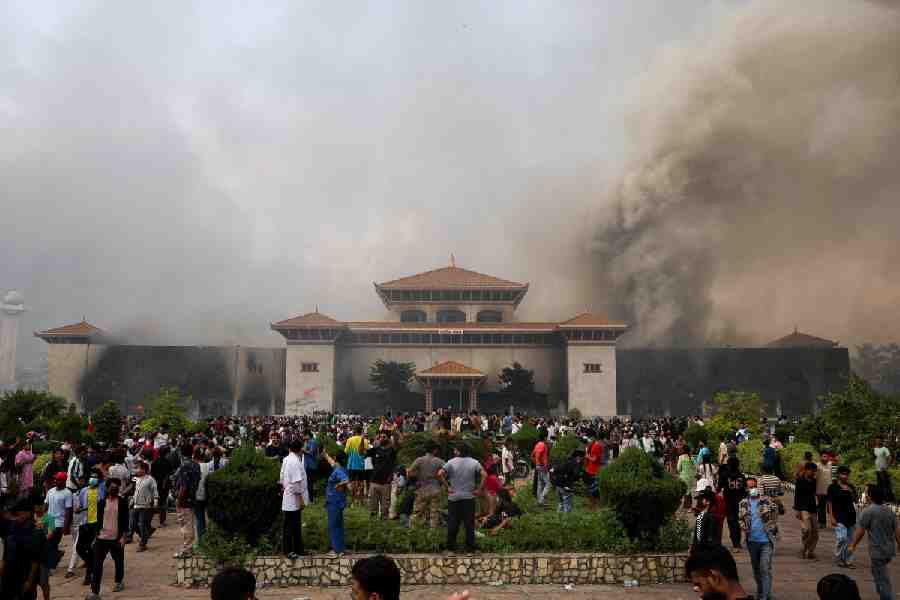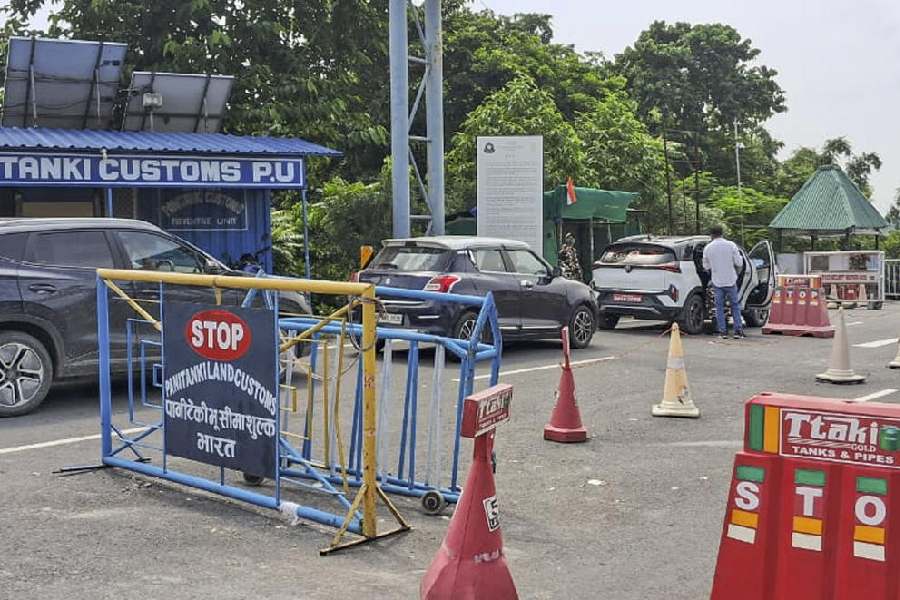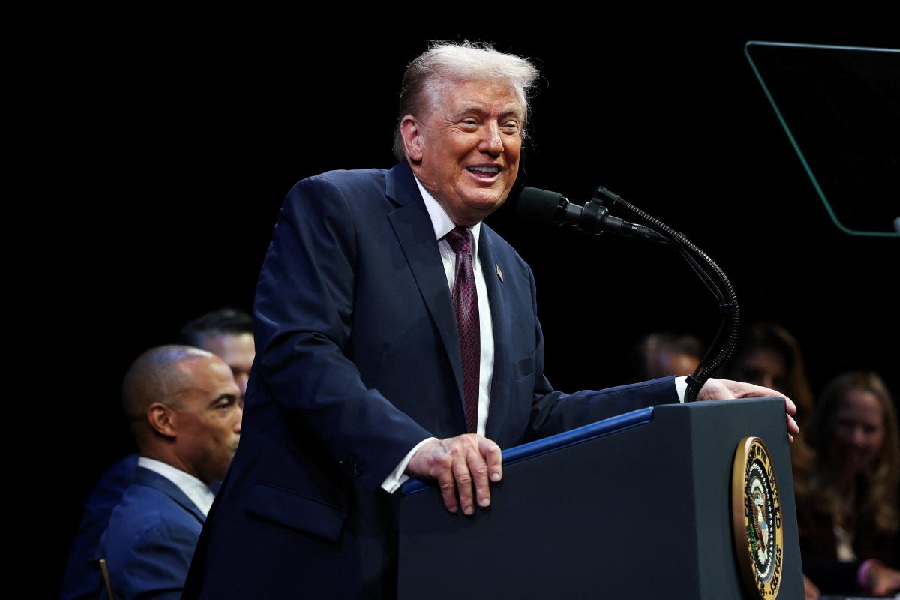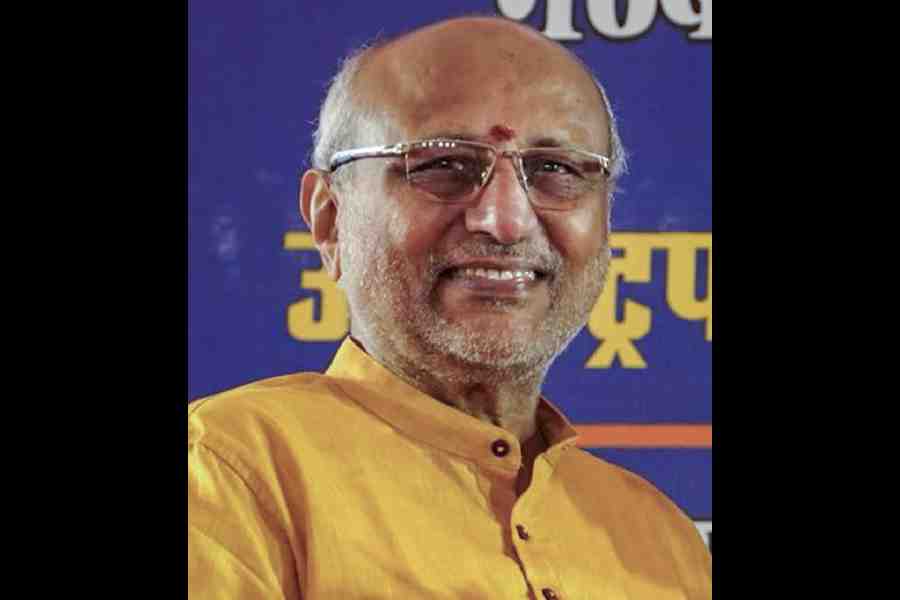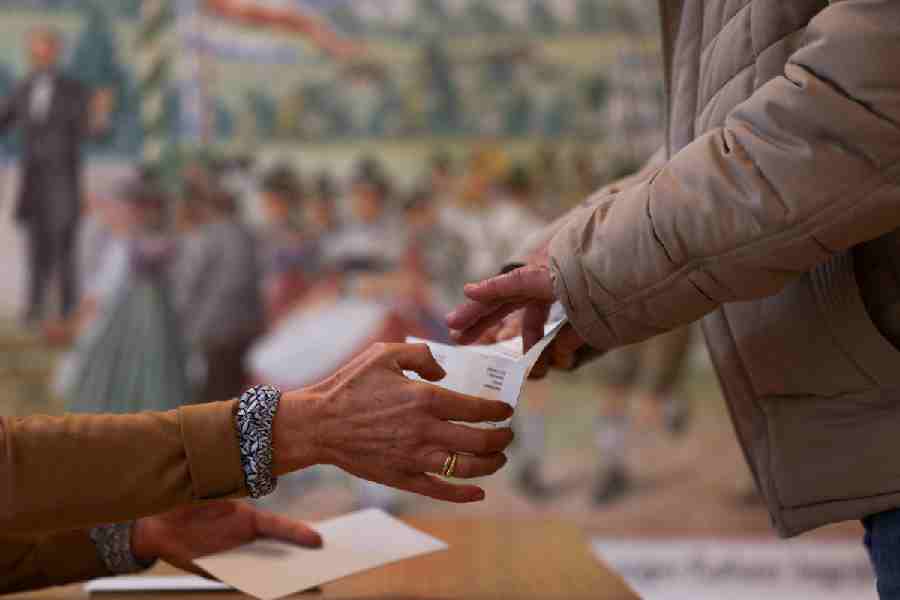 |
| Yesterday once more: The toothpaste ad where Saigal’s voice is parodied |
 |
| Still from Devdas |
 |
| Faisal Khan as the singer |
The teenage bedroom wall is a remarkable social register. There you can find the take-away body of the week, the adolescent demaogue of the fortnight and the multiplex star of the month. The posters reflect objects of teen fancy and fantasy, attitude and aspiration. But Kundan Lal Saigal, who was born today a 100 years ago, belonged to Generation Pre-historic when the teenager wasn’t meant to express either himself or his desire. Neither on the walls nor in words. He merely obeyed. And to Generation Now which believes that Shah Rukh Khan is the original Devdas and which can associate the surname, Saigal, only with a desi rap singer named, Baba, he evokes the kind of response one usually gets asking for directions in New Delhi: don’t know.
Saigal, who turned defeated love into Hindi filmdom’s fastest convertible currency and whose vagabond voice set India’s gramophone industry in full motion, is forgotten by all but those who cannot forget him.
In the past few weeks, a modest band of Saigal devotees has toiled day and night like dedicated pilgrims of a secret sect to ensure that the 100th birth anniversary celebrations of Hindi film world’s first superstar-singer feel like yesterday once more. These are fans — journalists, businessmen, impressarios — who begin their day with a Saigal bhajan or a ghazal, who never ever missed the Saigal song once played at 7.55 am every morning on Radio Ceylon and who laugh at King Khan’s interpretation of the emasculated anti-hero.
It promises to be a blast from the past: medleys of his popular songs sung by near-clones, and festivals of his grainy black and white films in many parts of India. At his birthplace in Jammu, they will issue three commemorative silver coins bearing his visage. In Ahmedabad, they will release a biography, including the full script of his 185 numbers sung in different languages and 100 rare family photographs.
Mumbai hosts a five-day festival, which includes a play titled Phir Teri Rehguzar Yaad Aayi on his life and career. Actor Tom Alter and Aamir Khan’s younger brother, Faisal, perform in the play.
Music director Naushad will wield the baton as clone Chandru Atma and ghazal singer Bhupinder relives memories of another day. “I am travelling to Dubai where Saigal fans are celebrating his centenary,” says Atma.
Sadly, Calcutta, where the maestro produced some of his best films and songs, seems to be missing out on the occasion. Sadder, because Saigal’s oeuvre includes 50-odd Bengali songs; Gurudev Rabindranath Tagore himself appreciating his spirited rendition of Rabindra- sangeet.
Last month, Delhi hosted a film festival and organised a photo exhibition which also displayed the Punjabi singer’s personal harmonium and some verses penned by him. However, the Union ministry of culture’s own celebration — incidentally, minister Jagmohan is a huge fan — has been postponed till the elections are over.
Yet, it appears these are efforts at preserving dying embers. Radio stations, especially the younger FM channels, seldom play Saigal tracks. Hindusthan Records, which holds the copyright for most Saigal songs, sells on an average 100 copies a month in the eastern zone. Calcutta’s premier music shop, Music World, peddles only around 40 copies, 14 times less than Kal Ho Naa Ho sales for the same period.
“It is mostly the elderly who look for Saigal songs,” proffers a sales executive in the music shop, Landmark, Calcutta. And Debsena Banerjee, a post-graduate student, tells you that he remembers Saigal because Lata Mangeshkar had sung some of his numbers in the Shraddhanjali series. “The songs themselves are beautiful but I’ve never felt the inclination to listen to the original,” he says.
That’s an irony considering Lata herself was a big fan of Saigal. Veteran compere Ameen Sayani recalls a story the Nightingale herself had narrated to him. When she had just started singing for the movies, Lata wanted to buy a radio only to listen to Saigal’s songs. She was overjoyed when she finally managed to buy one. “Unfortunately, one of the first announcements she heard on the radio was about Saigal’s death.
“She felt so bad, she sold off the radio,” recalls Sayani. Saigal’s acting and singing career spanned a decade- and-a-half. Between the years 1932 and 1947, the railway timekeeper-turned-typewriter-salesman-turned-actor-singer ruled the nation’s heart. So what if he needed a wig to cover his bald pate, most films he made turned into box office gold. And so what if he was trained by a little known Sufi pir, his songs were every man’s anthem.
Saigal’s finest films — Devdas (1935), President (1937), Street Singer (1938) — were made for New Theatres, Calcutta. These were years when film music was making a transition from live songs recorded while shooting to playback. Some of his songs such as Babul Mora in Phani Majumdar’s Street Singer were done on the streets of the studio with the orchestra following him outside the camera’s eye. “As a singer, Saigal straddled these two worlds,” says Sayani.
His voice was widely imitated by aspiring singers — Mukesh’s Dil jalta hai to jalne de (film: Pehli Nazar, 1945) being an example. Even Kishore Kumar’s biographer K. Valicha writes that in Fareb (music director: Anil Biswas, 1953) “the stranglehold of Saigal’s style of singing on Kumar is apparent. Kishore Kumar wanted to sound like Saigal and succeeded in doing so.” Then there were voice-doubles like C.H. Atma and .L. Puri.
But with the passage of time, as better recording techniques came into use, the new generation got used to a different quality of sound. The new songs were better recorded, better orchestrated, the voices better modulated. “Slowly the audience got used to a different kind of sound. They could not associate or align their senses to the old sound,” says Sayani.
Saigal’s fading away was slow. For many in post-Independence India, his deep and sonorous voice ceased to be alluring. For many, listening to him became an anti-fashion statement. There were complaints about his nasal singing, his pronunciation. He became typed as the voice which grandfather loved. “It’s the natural course of things. As the audience changes, tastes change too. If a singer were to sing Rabindrasangeet with only an esraj for accompaniment, no one will listen today,” says singer Indrani Sen.
But like an original idea, Saigal has survived the ravages of time. He remains God for a select few though he has fallen out of the younger generation’s popular consciousness. And now when the listener has already been fully seduced by techno-rhythm, when a song is no longer about listening but is an audio-visual pleasure, there are not many takers for the magic of an unadulterated voice. But, his fans believe, he still has a constituency.
Way back in 1972, businessman Dinesh Sharma, then a student of Birla Institute of Technology, Pilani, formed Saigal Sangeet Sarita, a group which organised evenings to celebrate the golden voice. “Sometimes the audience was as large as 3,000 but everyone listened in pin-drop silence,” says Sharma.
Since then, every year, the group hosts annual functions to celebrate the singer’s birth anniversary. “During one of our recent functions in Gurgaon about 25 per cent of the audience was young,” he says. Singer Chandru Atma believes the young need to be made to listen. “Whenever I perform I tell them to listen first and then decide if they like him or not. They do,” he says. It seems Saigal is trapped between two extremes. To the majority, especially the younger generation, he needs a re-introduction.
His voice now surfaces only as a gimmick as in the new toothpaste ad, Aap Close-up kyoon nahi karte hain. But, there is a discerning minority which holds the pickle-crazy, whisky-drinking singer as dearly and closely to the heart as a mother holds her child. They hear no hiss in the recordings. Instead, they find a consummate singer who could sing ghazals, geets, bhajans, thumri, dadra, khayal and Rabindrasangeet with same felicity, whatever be the language — Hindi, Urdu, Punjabi, Tamil or Bengali.
Saigal died at 42. His alcoholism was fed by his belief that he sang better when drunk. Music director Naushad decided to bury this lie once and for all. He recorded the song, Jab dil hi toot gaya (film: Shahjehan, 1946) twice: once when Saigal was drunk, the other when he was sober.
“Without telling him which was what, I played out both versions to him. Saigal thought the sober version was better. When I told him that it was the no-alcohol version, he said, ‘If I had known this before, to kuch din aur jee letey.’” One of Saigal’s last wishes was that this song be played on the way to the funeral. It was.
His records may not sell like Britney Spears’ albums. But for his lifelong devotees, he remains the singer who can hurt and heal with equal elan. K.L. Saigal will be heard — as long as there are rainy nights, windswept evenings and heartbreak.


